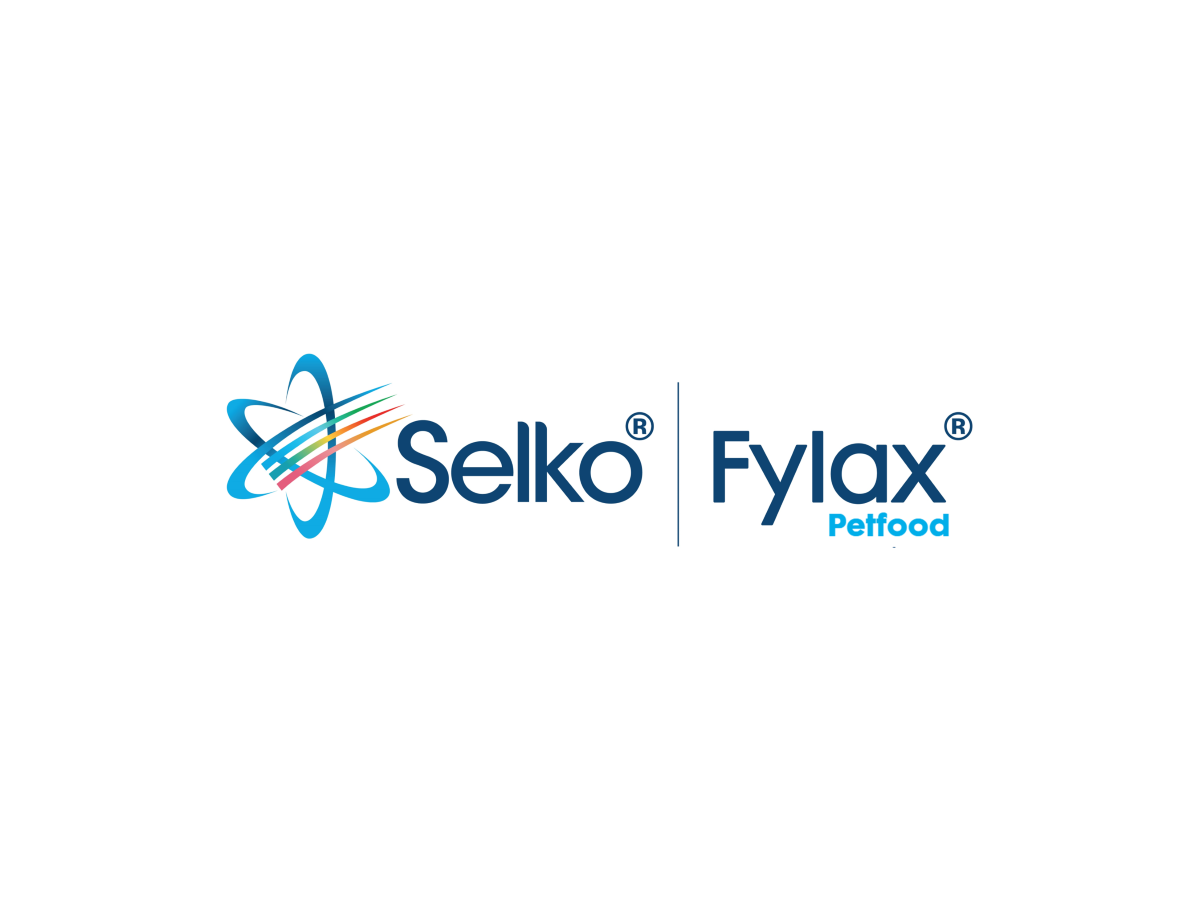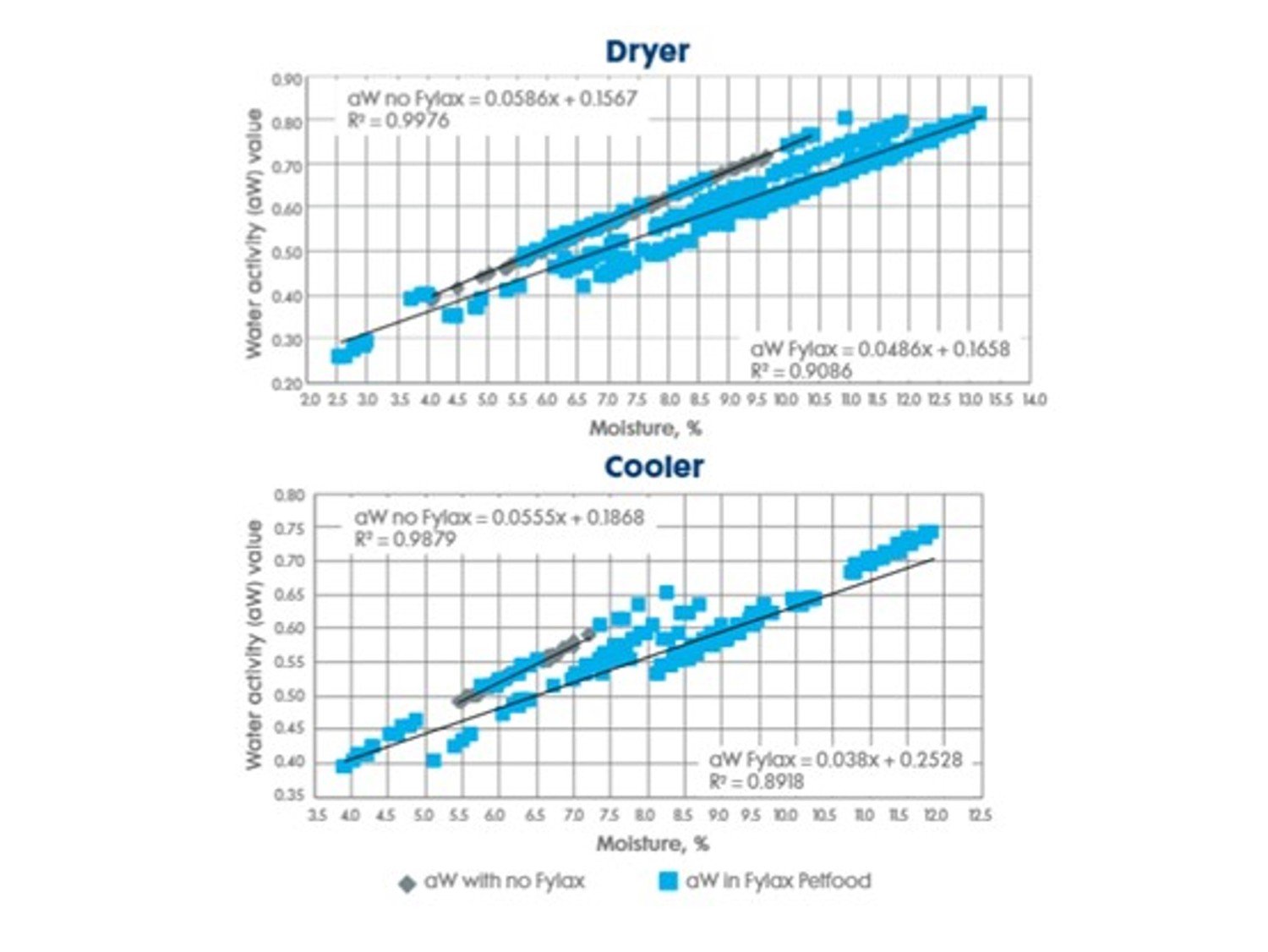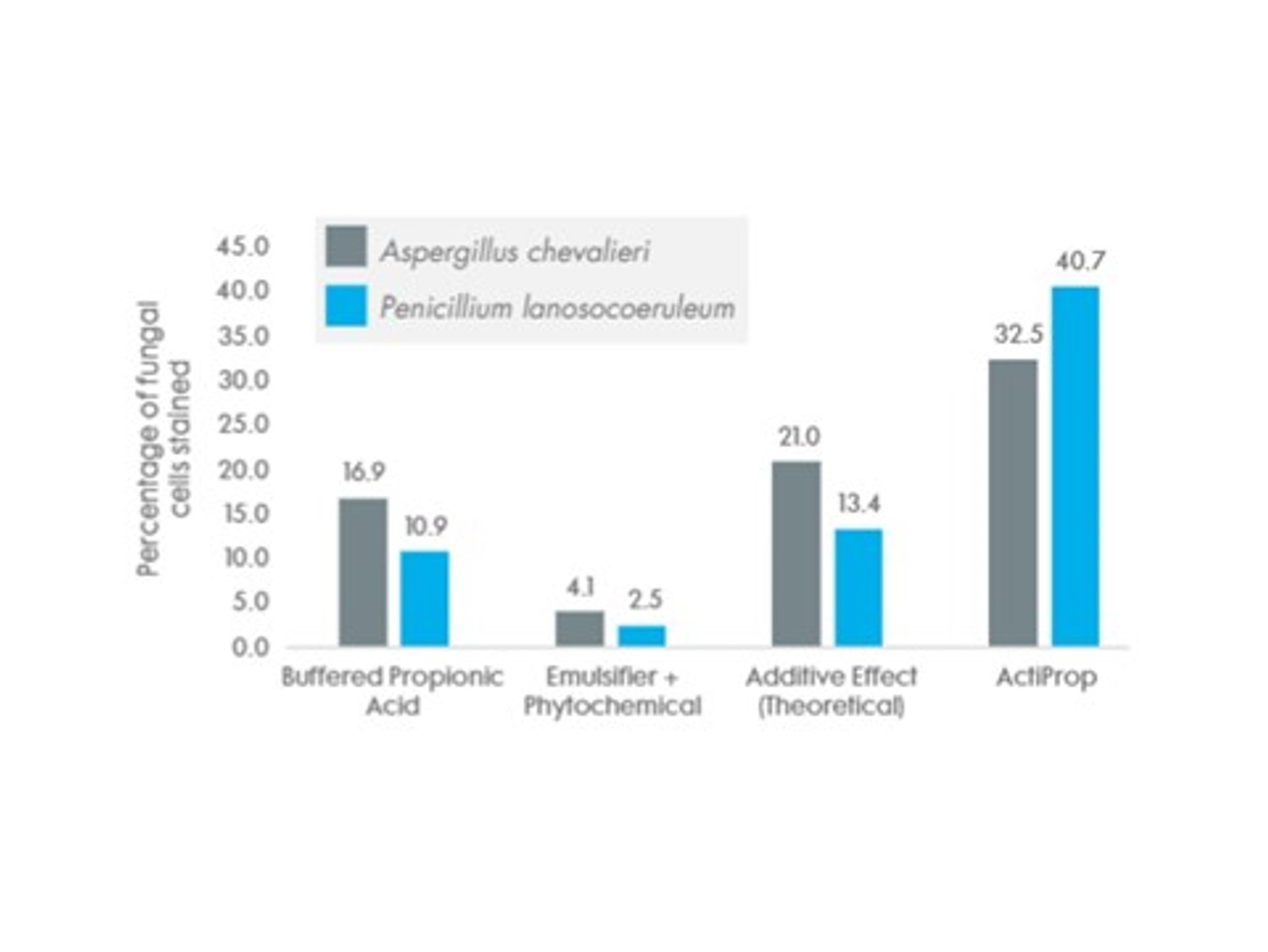
Selko Fylax Petfood
Fylax Petfood is a synergistic blend of organic acids and surfactants. Organic acids reduce moulds to maintain the nutrient value and prolong the shelf life of raw materials, compound animal feed and pet foods.
Efficient and safe pet food production is the foundation of any pet food manufacturer.
Among the most important quality indicators for pet food are stability and freshness during storage. And of course, safety is non-negotiable. With all these attributes in mind, it can be a challenge to maximise quality targets such as tastiness, production efficiency, and nutritional value, while keeping the product free from spoilage.
Identifying and achieving the proper balance of moisture content, throughput, and quality can support safety and quality parameters without sacrificing production efficiency. We consider a three-pronged approach to achieve a high-quality product, production efficiencies, and profitable economics.
During the extrusion and drying phases of production, kibble undergoes extreme thermal processes. Extrusion processing tends to aim for a low final moisture level in the finished kibble. Though this tends to control mould growth, it can come at the cost of extrusion efficiency and reduced profitability and palatability. While compensating for moisture loss might sound as straightforward as adding more moisture, this action could increase the risk of mould developing and potentially reduce the final product’s shelf-life stability.
Introducing a hydrating solution comprised of water mixed with blends of surfactants and organic acids into the extrusion process can improve the wetting and absorptive properties of the pet food. Specific surfactants allow moisture to be distributed more evenly throughout the ingredients, which allows for better binding and cooking in the conditioner. Optimising extrusion efficiency can increase not only moisture levels in pet food, but also improve extrusion profitability.


As the commercial petfood market generally prefers a shelf life up to 24 months, assuring a product’s longevity and quality can pose challenges with regards to mould development.
Adding a mould inhibitor during preconditioning can help safeguard shelf life and defend against mould growth. ActiProp technology in Fylax Petfood effectively reduces mould growth while helping to maintain product quality and freshness. ActiProp increases the porosity of moulds’ cell walls, which allows its components to deploy a destabilising effect on the cell membrane. As this action allows better access for organic acids, the cell’s internal pH decreases, inhibiting growth and eventually killing the mould cell.
Accurate dosing and application processes during petfood manufacturing are essential to a solution’s efficacy. Selko’s Processing & Quality programme combines products and services with effective dosing solutions to support accurate, safe, and continuous product application during petfood production.
Dosing and application services are value-add components included in the programme and can be fully automated and integrated into pet food production lines. A variety of systems are available to meet the nuances of customers’ production environments. Additionally, remote access capabilities support quick analysis to help guide dosing decisions and detect any necessary interventions.
